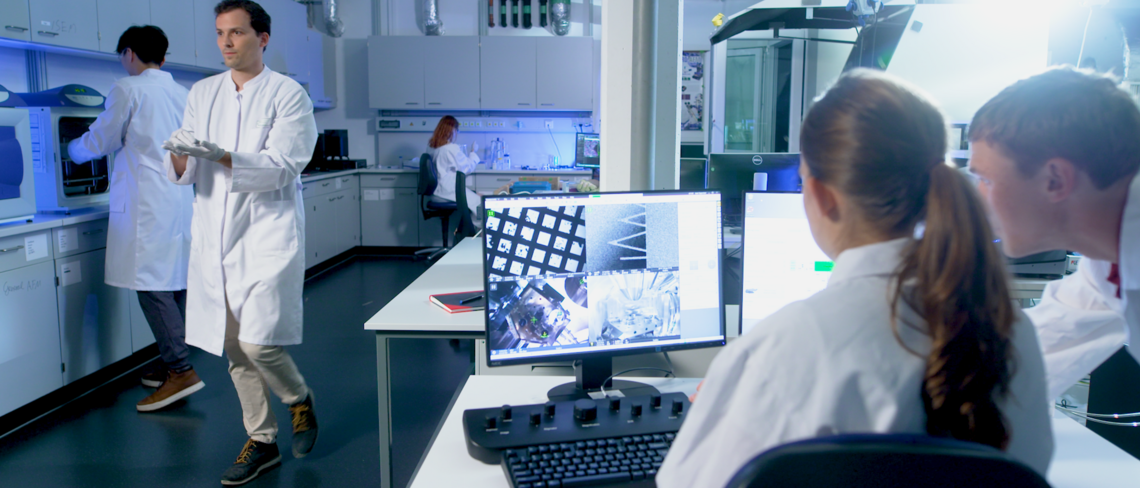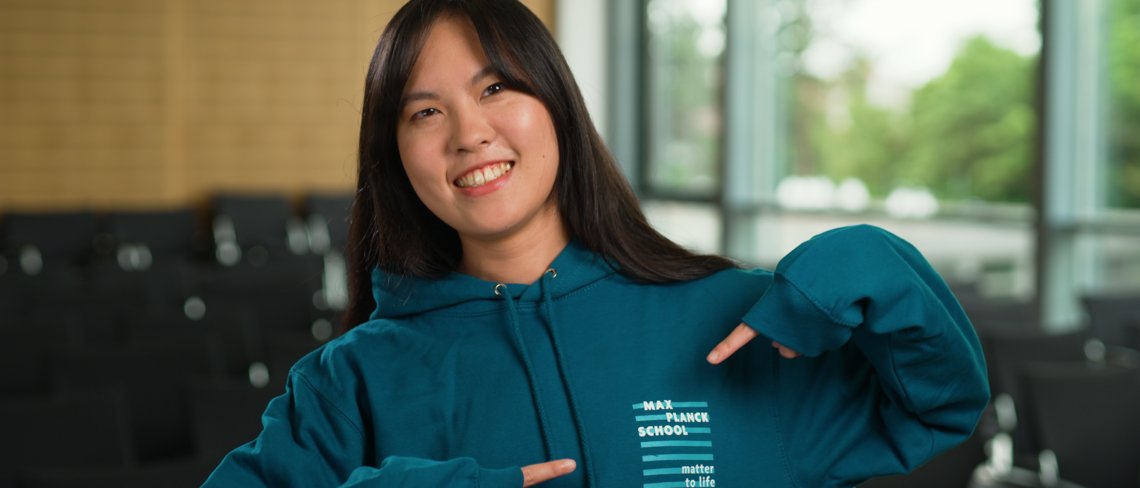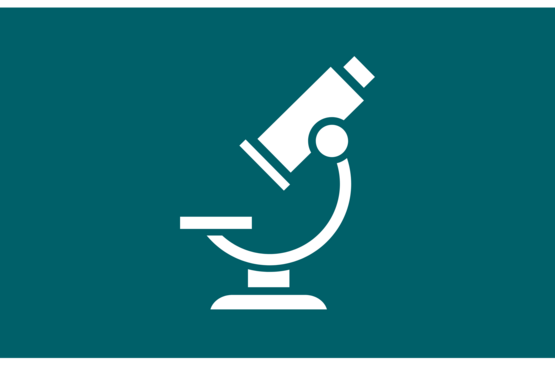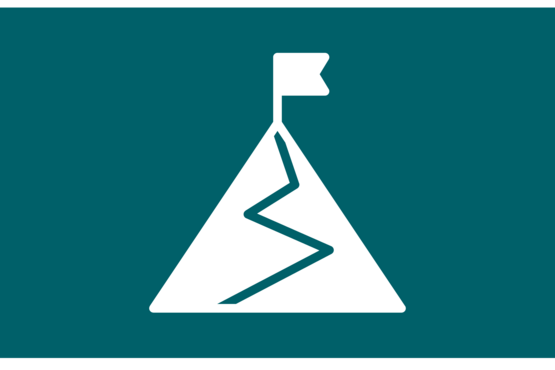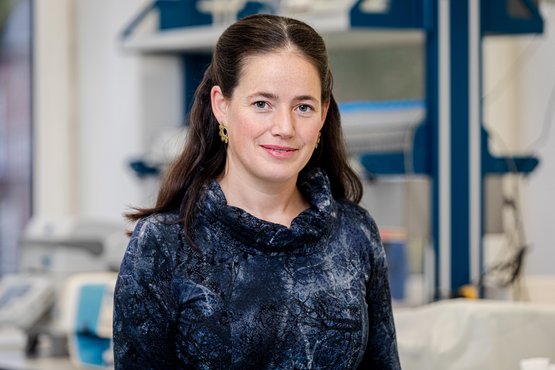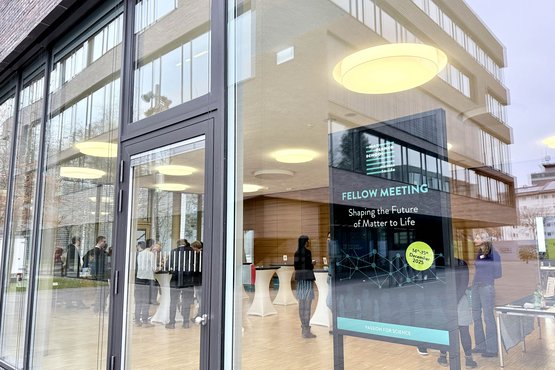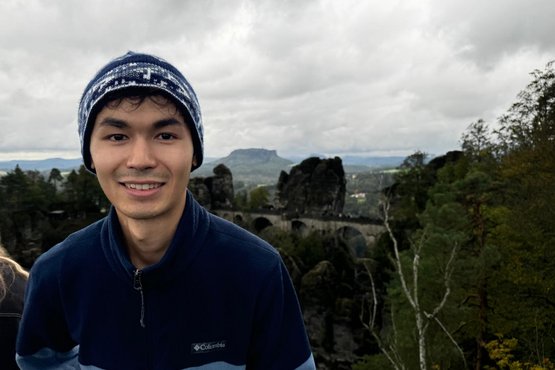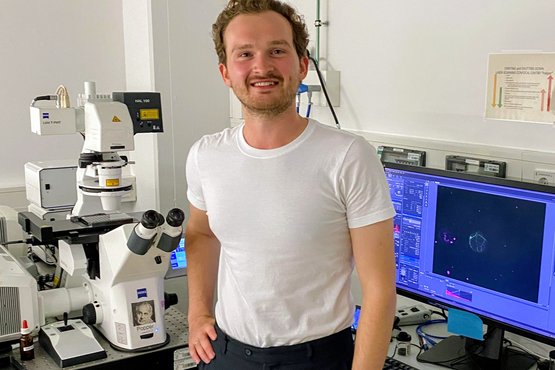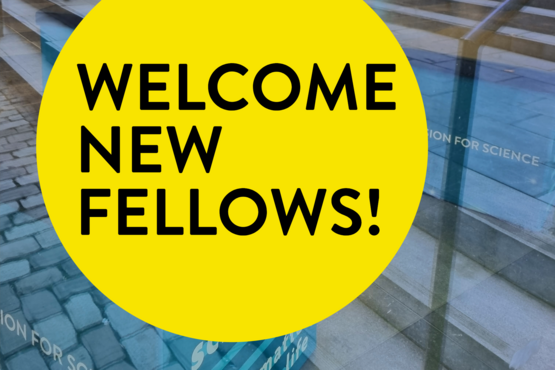The Max Planck School Matter to Life
Crossing disciplines to understand life
Your excellent and international Graduate Program in Germany
The Max Planck School Matter to Life (MPS MtL) offers an integrated MSc/PhD Program
in the unique topic of Matter to Life for excellent graduates from across the globe.
"The Matter to Life program is the perfect choice for me where I could understand what life is from the perspective of Biology, Chemistry and Physics during the Master’s phase and then continue in my area of interest in the PhD phase."
Nitin Bohra, MtL Master Student
Nitin Bohra, MtL Master Student

